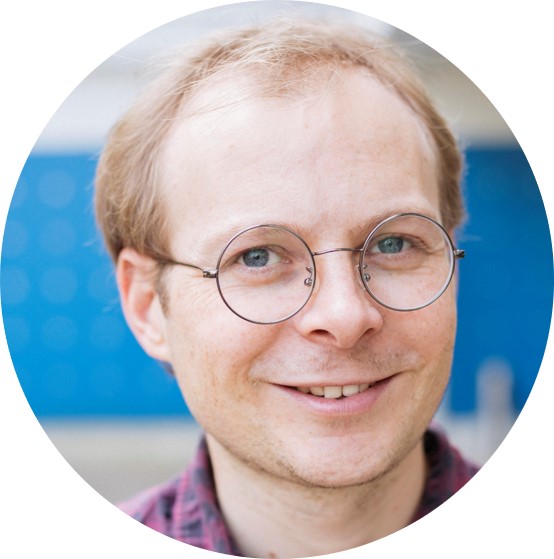Accueil > Membres > Membres statutaires > MORIN Olivier > MORIN Olivier
MORIN Olivier
 Chargé de Recherche, CNRS
Chargé de Recherche, CNRS
Détachement à l’Institut Max-Planck de science de l’histoire humaine (2021-2023)
Équipe
I joined the Institut Nicod in November 2019, as CNRS "chargé de recherche". Before that I lead the "Mint" (Minds & Traditions Research Group) at the Max Planck Institute for the Science of Human History in Jena. (The group continues its activities.)
I study cultural transmission from a perspective that combines quantitative cultural history with cognitive science and cultural evolution. In How Traditions Live and Die (2016), I described how cultural transmission can come about through the action of psychological mechanisms that are indifferent to fidelity but sensitive to content. That same book sketched a research program calling for cognitive science hypotheses to be tested with data coming from quantitative cultural history.
I have carried out this research program in several fields, publishing papers on historical changes in the legibility of written letters, on the dissemination of heraldic designs, or the long-term transmission of children’s games, among other topics. The common thread running through all these studies is the question : How can human traditions be appealing enough to be passed through successive generations, without losing their distinctive features ? One major force for cultural preservation is the development of graphic records : visual symbols that record information, allowing transmission to carry on even when it skips several generations. My latest work, done in large part in collaboration with the Mint research group, thus focuses on graphic communication. We study the evolution of visual symbols, from writing and pictographs to online multi-player games. In the future, I hope to answer some fundamental questions about the nature of writing and the reasons why it appeared only when and where it did.




